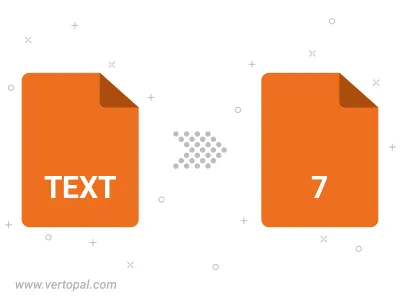Convert TEXT HADDOCK to 7 (Man Page)
Convert TEXT HADDOCK markup documents to 7 (Man Page) format, edit and optimize documents online and free.

The TEXT file extension, associated with Haddock Markup Language, is used for documentation in Haskell programming. Haddock is a tool for generating documentation from annotated Haskell source code. It uses a lightweight markup language, similar to LaTeX, to format the documentation. The history of Haddock dates back to its creation by Simon Marlow and others as part of the GHC (Glasgow Haskell Compiler) project. It has since become a standard tool in the Haskell community for creating comprehensive and readable documentation.
The 7 file extension refers to Unix manual pages (man pages) in Section 7 of the Unix manual, which covers miscellaneous system information. These files, such as "boot.7", provide documentation on various system components and conventions. Historically, man pages have been a fundamental part of Unix-like systems, offering essential guidance for system administrators and developers. To view a 7 file, use the "man" command, e.g., "man boot".
Choose your TEXT HADDOCK markup document for uploading to our TEXT HADDOCK converter.
Use any available convert tools on the preview page, and click Convert.
Let the file convert, then you can download your 7 (Man Page) file right afterward.

To change TEXT HADDOCK format to 7, upload your TEXT HADDOCK file to proceed to the preview page. Use any available tools if you want to edit and manipulate your TEXT HADDOCK file. Click on the convert button and wait for the convert to complete. Download the converted 7 file afterward.
Follow steps below if you have installed Vertopal CLI on your macOS system.
cd to TEXT HADDOCK file location or include path to your input file.Follow steps below if you have installed Vertopal CLI on your Windows system.
cd to TEXT HADDOCK file location or include path to your input file.Follow steps below if you have installed Vertopal CLI on your Linux system.
cd to TEXT HADDOCK file location or include path to your input file.